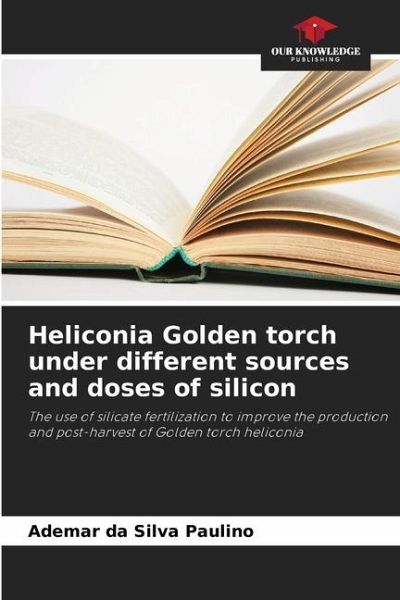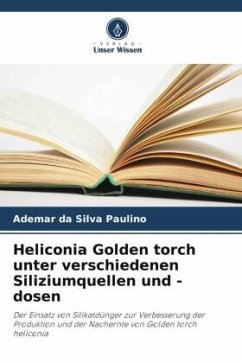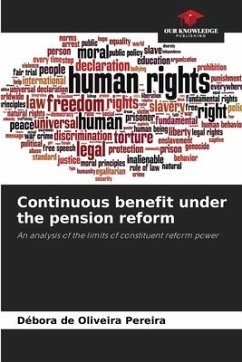
Heliconia Golden torch under different sources and doses of silicon
The use of silicate fertilization to improve the production and post-harvest of Golden torch heliconia
Versandkostenfrei!
Versandfertig in 6-10 Tagen
24,99 €
inkl. MwSt.

PAYBACK Punkte
12 °P sammeln!
The aim was to evaluate the productivity and post-harvest quality of Golden Torch heliconia under different sources and doses of silicon. The experiment was set up in a 3 x 3 factorial design with four replications, using the sources sugarcane bagasse ash, MB-4 and Rocksil® at doses of 0, 400 and 800 kg/ha of SiO2 equivalent from each source. The results showed that the number of inflorescences increased with the Rocksil® source, bract length was higher with the interaction between ash and the 400 kg/ha dose, mass loss on the eighth day post-harvest was lower with the interaction between Roc...
The aim was to evaluate the productivity and post-harvest quality of Golden Torch heliconia under different sources and doses of silicon. The experiment was set up in a 3 x 3 factorial design with four replications, using the sources sugarcane bagasse ash, MB-4 and Rocksil® at doses of 0, 400 and 800 kg/ha of SiO2 equivalent from each source. The results showed that the number of inflorescences increased with the Rocksil® source, bract length was higher with the interaction between ash and the 400 kg/ha dose, mass loss on the eighth day post-harvest was lower with the interaction between Rocksil® and the 400 kg/ha dose, bract burn on the eighth day post-harvest was lower with the Rocksil® source at the 800 kg/ha dose and the Si content in the soil at a depth of 0-0.20 m increased with the increase in the silicon dose. As for the variables: length of flower stalks, mass of flower stalks on the day of harvest and on the eighth day after harvest, leaf and soil silicon content at a depth of 0.20-0.40 m, there was no significant difference between the treatments using the Scott-Knott test for grouping means. Fertilizing with silicon increased productivity and post-harvest quality.














